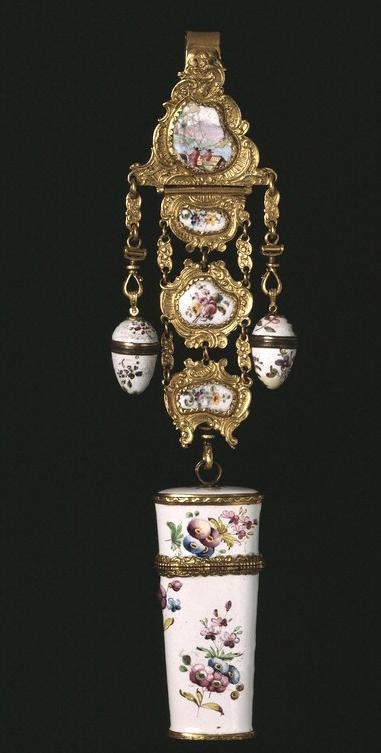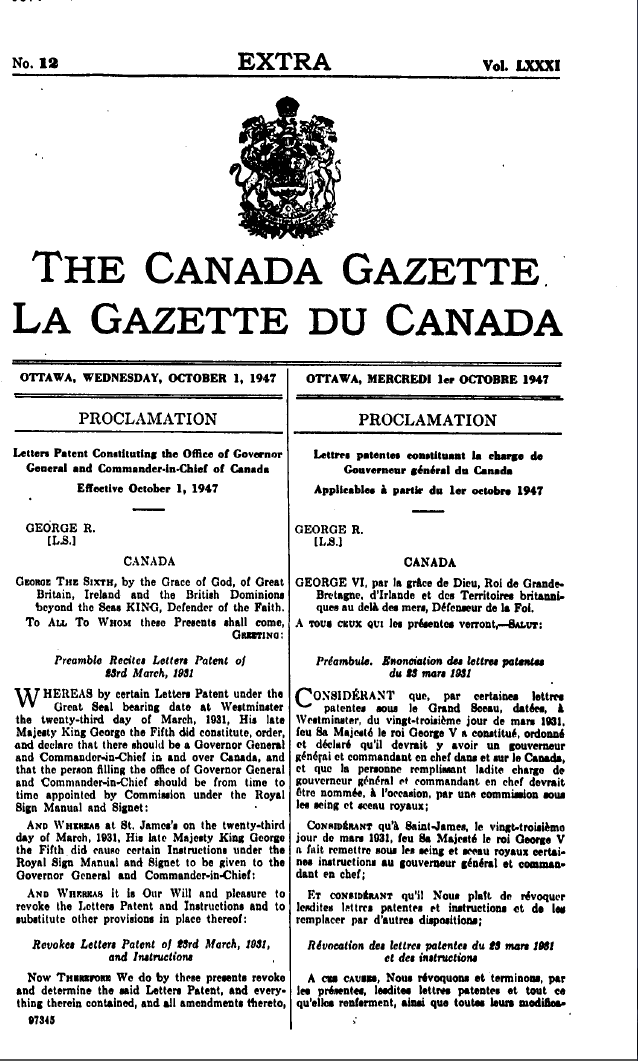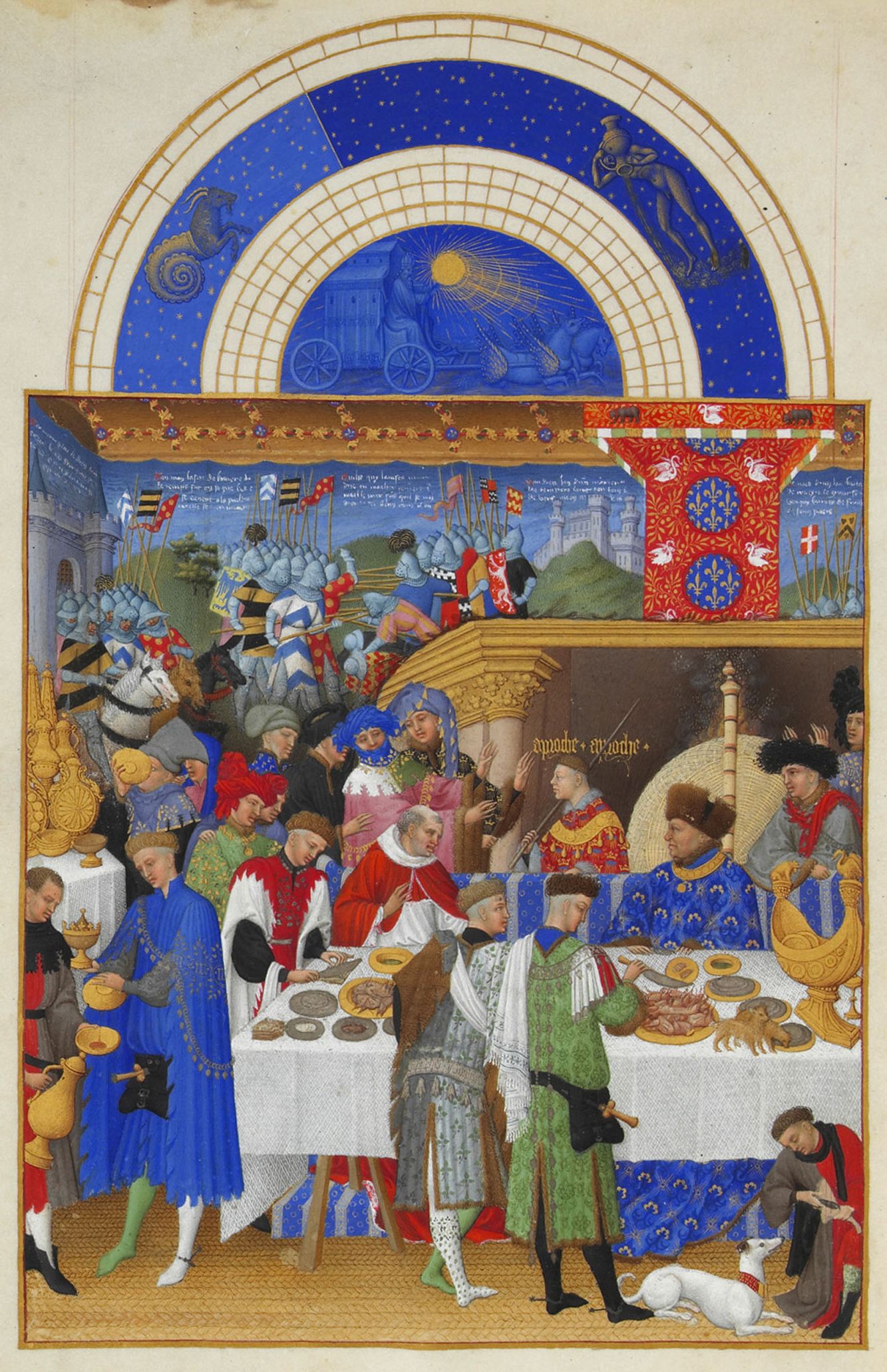|
Châtelain
Châtelain (from la, castellanus, derived from ''castellum''; pertaining to a castle, fortress. Middle English: '' castellan'' from Anglo-Norman: ''castellain'' and Old French: ''castelain'') was originally the French title for the keeper of a castle.Abraham Rees Ebers, "CASTELLAIN", in: The Cyclopædia, or Universal Dictionary of Arts, Sciences, and Literature' (London: Longman, Hurst, Rees, Orme & Brown, 1819), vol. 6. History With the growth of the feudal system, the title gained in France a special significance which it never acquired in England since the Norman conquest, as implying the jurisdiction of which the castle became the centre. The ''châtelain'' was originally, in Carolingian times, an official of the ''comte'' (count); with the development of feudalism the office became a fief, and so ultimately hereditary. In this as in other respects the ''châtelain'' was the equivalent of the viscount. Sometimes the two titles were combined, but more usually there were no v ... [...More Info...] [...Related Items...] OR: [Wikipedia] [Google] [Baidu] |
Castellan
A castellan is the title used in Medieval Europe for an appointed official, a governor of a castle and its surrounding territory referred to as the castellany. The title of ''governor'' is retained in the English prison system, as a remnant of the medieval idea of the castellan as head of the local prison. The word stems from the Latin ''Castellanus'', derived from ''castellum'' "castle". Sometimes also known as a ''constable'' of the castle district, the Constable of the Tower of London is, in fact, a form of castellan, with representative powers in the local or national assembly. A castellan was almost always male, but could occasionally be female, as when, in 1194, Beatrice of Bourbourg inherited her father's castellany of Bourbourg upon the death of her brother, Roger. Similarly, Agnes became the castellan of Harlech Castle upon the death of her husband John de Bonvillars in 1287. Initial functions After the fall of the Western Roman Empire, foreign tribes migrated into ... [...More Info...] [...Related Items...] OR: [Wikipedia] [Google] [Baidu] |
Castellans
A castellan is the title used in Medieval Europe for an appointed official, a governor of a castle and its surrounding territory referred to as the castellany. The title of ''governor'' is retained in the English prison system, as a remnant of the medieval idea of the castellan as head of the local prison. The word stems from the Latin ''Castellanus'', derived from ''castellum'' "castle". Sometimes also known as a ''constable'' of the castle district, the Constable of the Tower of London is, in fact, a form of castellan, with representative powers in the local or national assembly. A castellan was almost always male, but could occasionally be female, as when, in 1194, Beatrice of Bourbourg inherited her father's castellany of Bourbourg upon the death of her brother, Roger. Similarly, Agnes became the castellan of Harlech Castle upon the death of her husband John de Bonvillars in 1287. Initial functions After the fall of the Western Roman Empire, foreign tribes migrated into w ... [...More Info...] [...Related Items...] OR: [Wikipedia] [Google] [Baidu] |
Viceregal Consort Of Canada
The viceregal consort of Canada is the spouse of the serving governor general of Canada, assisting the viceroy with ceremonial and charitable work, accompanying him or her to official state occasions, and occasionally undertaking philanthropic work of their own. As the host/hostess of the royal and viceroyal residence in Ottawa, the consort, if female, is also known as the '' chatelaine of Rideau Hall''. This individual, who ranks third in the Canadian order of precedence, after the Canadian monarch and the governor general, is addressed as ''His'' or ''Her Excellency'' while their spouse is in office, and is made ''ex officio'' an Extraordinary Companion (french: Compagnon Extraordinaire) of the Order of Canada and a Knight or Dame of Justice of the Most Venerable Order of the Hospital of Saint John of Jerusalem. The present viceregal consort is Whit Fraser, the husband of Governor General Mary Simon, who took office on July 26, 2021. Role The position of the viceregal consort c ... [...More Info...] [...Related Items...] OR: [Wikipedia] [Google] [Baidu] |
Chatelaine (chain)
A chatelaine is a decorative belt hook or clasp worn at the waist with a series of chains suspended from it. Each chain is mounted with useful household appendages such as scissors, thimbles, watches, keys, vinaigrette, and household seals. Etymology The name chatelaine derives from the French term ' which meant the mistress of a chateau. She would have worn a belt for her keys, which the current meaning of chatelaine derives from. History In the ancient world Samnite women wore chatelaine that were rectangular and had a central section consisting of mail. A number of metal spirals were present across the chain's spiral. Each one had a perforated disk of metal. This kind of clothing originated from the Picentes.Llewellyn-Jones, Lloyd; Davies, Glenys (2007). ''Greek and Roman Dress from A to Z''. Routledge. ISBN 978-1-134-58916-6. Ancient Roman ladies wore chatelaines with ear scoops, nail cleaners, and tweezers. Women in Roman Britain wore 'chatelaine brooches' from whic ... [...More Info...] [...Related Items...] OR: [Wikipedia] [Google] [Baidu] |
Middle English
Middle English (abbreviated to ME) is a form of the English language that was spoken after the Norman conquest of 1066, until the late 15th century. The English language underwent distinct variations and developments following the Old English period. Scholarly opinion varies, but the ''Oxford English Dictionary'' specifies the period when Middle English was spoken as being from 1150 to 1500. This stage of the development of the English language roughly followed the High to the Late Middle Ages. Middle English saw significant changes to its vocabulary, grammar, pronunciation, and orthography. Writing conventions during the Middle English period varied widely. Examples of writing from this period that have survived show extensive regional variation. The more standardized Old English language became fragmented, localized, and was, for the most part, being improvised. By the end of the period (about 1470) and aided by the invention of the printing press by Johannes Gutenberg in 14 ... [...More Info...] [...Related Items...] OR: [Wikipedia] [Google] [Baidu] |
Carolingian Empire
The Carolingian Empire (800–888) was a large Frankish-dominated empire in western and central Europe during the Early Middle Ages. It was ruled by the Carolingian dynasty, which had ruled as kings of the Franks since 751 and as kings of the Lombards in Italy from 774. In 800, the Frankish king Charlemagne was crowned emperor in Rome by Pope Leo III in an effort to transfer the Roman Empire from Byzantine Empire to Europe. The Carolingian Empire is considered the first phase in the history of the Holy Roman Empire. After a civil war (840–843) following the death of Emperor Louis the Pious, the empire was divided into autonomous kingdoms, with one king still recognised as emperor, but with little authority outside his own kingdom. The unity of the empire and the hereditary right of the Carolingians continued to be acknowledged. In 884, Charles the Fat reunited all the Carolingian kingdoms for the last time, but he died in 888 and the empire immediately split up. With the only r ... [...More Info...] [...Related Items...] OR: [Wikipedia] [Google] [Baidu] |
Charles Du Fresne, Sieur Du Cange
Charles du Fresne, sieur du Cange (; December 18, 1610 in Amiens – October 23, 1688 in Paris, aged 77), also known simply as Charles Dufresne, was a distinguished French philologist and historian of the Middle Ages and Byzantium. Life Educated by Jesuits, du Cange studied law and practiced for several years before assuming the office of Treasurer of France. Du Cange was a busy, energetic man who pursued historical scholarship alongside his demanding official duties and his role as head of a large family. Du Cange's most important work is his ''Glossarium ad scriptores mediae et infimae Latinitatis'' (Glossary of writers in medieval and late Latin, Paris, 1678, 3 vol.), revised and expanded under various titles, for example, ''Glossarium manuale ad scriptores mediae et infimae Latinitatis'' (Halae, 1772–1784) or from 1840 onward, ''Glossarium mediae et infimae Latinitatis'' (Glossary of medieval and late Latin). This work, together with a glossary of medieval and late Greek t ... [...More Info...] [...Related Items...] OR: [Wikipedia] [Google] [Baidu] |
Denis Jean Achille Luchaire
Denis Jean Achille Luchaire (October 24, 1846November 14, 1908) was a French historian. Biography Luchaire was born in Paris Paris () is the capital and most populous city of France, with an estimated population of 2,165,423 residents in 2019 in an area of more than 105 km² (41 sq mi), making it the 30th most densely populated city in the world in 2020. S .... In 1879 he became a professor at university of Bordeaux, Bordeaux and in 1889 professor of mediaeval history at the University of Paris, Sorbonne; in 1895 he became a member of the Académie des sciences morales et politiques, where he obtained the Jean Reynaud prize just before his death. His grandnephew was the French collaborationist Jean Luchaire, during World War II. Works The most important of Achille Luchaire's earlier works is his ''Histoire des institutions monarchiques de la France sous les premiers Capétiens'' (1883 and again 1891); he also wrote: *''Manuel des institutions françaises: pério ... [...More Info...] [...Related Items...] OR: [Wikipedia] [Google] [Baidu] |
Canada–United Kingdom Relations
Canada–United Kingdom relations () are the bilateral relations between Canada and the United Kingdom. The two countries have had intimate and frequently-co-operative contact since Canada gained independence in 1931, having been self-governing since 1 July 1867, the date that became Canada's independence day. Both are related by mutual migration, through shared military history, a shared system of government, the English language, the Commonwealth of Nations, and their sharing of the same head of state, . Despite the shared legacy, the two nations grew apart economically during the 20th century after the U.K. lost its position as Canada's largest trading partner to the United States during the 19th century. However, that trend has been reversed somewhat in the 21st century as the two countries have been negotiating freer trade. Both share a defence agreement, NATO, and frequently perform military exercises, together with Canada hosting the largest British Military Base outsid ... [...More Info...] [...Related Items...] OR: [Wikipedia] [Google] [Baidu] |
Rideau Hall
Rideau Hall (officially Government House) is the official residence in Ottawa of both the Canadian monarch and their representative, the governor general of Canada. It stands in Canada's capital on a estate at 1 Sussex Drive, with the main building consisting of approximately 175 rooms across , and 27 outbuildings around the grounds. Rideau Hall's site lies outside the centre of Ottawa. It is one of two official royal residences maintained by the federal Crown, the other being the Citadelle of Quebec. Most of Rideau Hall is used for state affairs, only of its area being dedicated to private living quarters, while additional areas serve as the offices of the Canadian Heraldic Authority and the principal workplace of the governor general and their staff; either the term ''Rideau Hall'', as a metonym, or the formal idiom ''Government House'' is employed to refer to this bureaucratic branch. Officially received at the palace are foreign heads of state, both incoming and outgoin ... [...More Info...] [...Related Items...] OR: [Wikipedia] [Google] [Baidu] |
Governor General Of Canada
The governor general of Canada (french: gouverneure générale du Canada) is the federal viceregal representative of the . The is head of state of Canada and the 14 other Commonwealth realms, but resides in oldest and most populous realm, the United Kingdom. The , on the advice of Canadian prime minister, appoints a governor general to carry on the Government of Canada in the 's name, performing most of constitutional and ceremonial duties. The commission is for an indefinite period—known as serving ''at Majesty's pleasure''—though five years is the usual length of time. Since 1959, it has also been traditional to alternate between francophone and anglophone officeholders—although many recent governors general have been bilingual. The office began in the 17th century, when the French crown appointed governors of the colony of Canada. Following the British conquest of the colony, the British monarch appointed governors of the Province of Quebec (later the Canadas) ... [...More Info...] [...Related Items...] OR: [Wikipedia] [Google] [Baidu] |
Medieval Household
The medieval household was, like modern households, the center of family life for all classes of European society. Yet in contrast to the household of today, it consisted of many more individuals than the nuclear family. From the household of the king to the humblest peasant dwelling, more or less distant relatives and varying numbers of servants and dependents would cohabit with the master of the house and his immediate family. The structure of the medieval household was largely dissolved by the advent of privacy in early modern Europe. Variations were immense over an entire continent and a time span of about 1000 years. Yet it is still possible to speak of a classical model of the medieval household, particularly as it evolved in Carolingian France and from there spread over great parts of Europe. Historical background Neither Greek nor Latin had a word corresponding to modern-day "family". The Latin ''familia'' must be translated to "household" rather than "family". The ari ... [...More Info...] [...Related Items...] OR: [Wikipedia] [Google] [Baidu] |

.jpg)






